We need to distinguish between good and bad charities
Not all charities are equally good. But taxpayers are forced to give as much to the bad ones as the good ones. That needs to change.

You will know by now that I don't entirely approve of tax relief on charitable giving. But even if I did, I would still think that our current system is lousy: it gives us no way of distinguishing between good charities, useless charities and bad charities.
I've referred before to the book out from philanthropy adviser Caroline Fiennes (It Ain't What You Give, It's the Way That You Give It) but it is worth returning to with this in mind. The idea of the book is to show donors how best to give their money, but read between the lines of various bits of it and you will see pretty clearly that not all charities should be considered equal in the eyes of taxpayers.
The book opens with a story of three charities in India which have the same aim to get small children to turn up to school every day. One does this by handing out cash to parents when their kids turn up; the second does it by distributing school uniforms; the third does it by de-worming the kids (having worms is a nasty business it can make you lethargic and cause you real pain).
MoneyWeek
Subscribe to MoneyWeek today and get your first six magazine issues absolutely FREE

Sign up to Money Morning
Don't miss the latest investment and personal finances news, market analysis, plus money-saving tips with our free twice-daily newsletter
Don't miss the latest investment and personal finances news, market analysis, plus money-saving tips with our free twice-daily newsletter
All the methods work. That's good. But one works much better than the others: the first spends $1,000 a year to keep a child in school; the second spends $100; the third spends $40 at worst, and $4 at best. Even at its most inefficient, the de-worming charity is 25 times as efficient as the "pay per visit" charity. Or to put it another way, every time we put $1,000 into the first charity over the third, "fully 24 children needlessly miss out". Yet regardless of which one you donate to, the subsidy chucked in by the taxpayer will be the same.
The point here is not that any of the three charities mentioned above are anything but well-meaning. It is just that being registered with the regulator for any given region doesn't tell us whether a charity is good or not. It only tells us that as far as the commission in question has the resources to check, the charity is not operating fraudulently, and appears to be working within its mission. The regulator does not monitor charities' effectiveness any more than Companies' House comments on the quality of a company's products or its financial performance.
So does that mean that a charity can be registered, be subsidised by the taxpayer and be utterly rubbish? Yes it does. Fiennes quotes the assistant director of the Coalition for Evidence-Based Policy saying that: "1) the vast majority of social programmes and services have not yet been rigorously evaluated; and 2) of those that have been rigorously evaluated, most (perhaps 75% or more), including those backed by expert opinion and less-rigorous studies, turn out to produce small or no effects, and, in some cases negative effects."
So what does this mean? Fiennes' book is about how to find charities that will work effectively with your money the ones that can make £50 do as much for the world as another charity could with £500. But we could surely use that process to make the way the taxpayer is forced to give work better as well. If we have to offer tax relief for charities, let's not hand out money to any ineffective do-gooder with a gift for form-filling. Let's find a way to measure and finance what really works.
Get the latest financial news, insights and expert analysis from our award-winning MoneyWeek team, to help you understand what really matters when it comes to your finances.
Merryn Somerset Webb started her career in Tokyo at public broadcaster NHK before becoming a Japanese equity broker at what was then Warburgs. She went on to work at SBC and UBS without moving from her desk in Kamiyacho (it was the age of mergers).
After five years in Japan she returned to work in the UK at Paribas. This soon became BNP Paribas. Again, no desk move was required. On leaving the City, Merryn helped The Week magazine with its City pages before becoming the launch editor of MoneyWeek in 2000 and taking on columns first in the Sunday Times and then in 2009 in the Financial Times
Twenty years on, MoneyWeek is the best-selling financial magazine in the UK. Merryn was its Editor in Chief until 2022. She is now a senior columnist at Bloomberg and host of the Merryn Talks Money podcast - but still writes for Moneyweek monthly.
Merryn is also is a non executive director of two investment trusts – BlackRock Throgmorton, and the Murray Income Investment Trust.
-
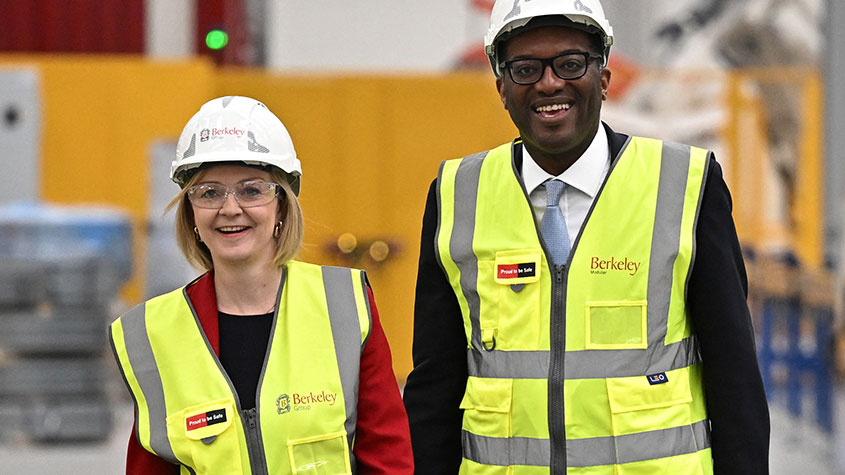 Beating inflation takes more luck than skill – but are we about to get lucky?
Beating inflation takes more luck than skill – but are we about to get lucky?Opinion The US Federal Reserve managed to beat inflation in the 1980s. But much of that was down to pure luck. Thankfully, says Merryn Somerset Webb, the Bank of England may be about to get lucky.
-
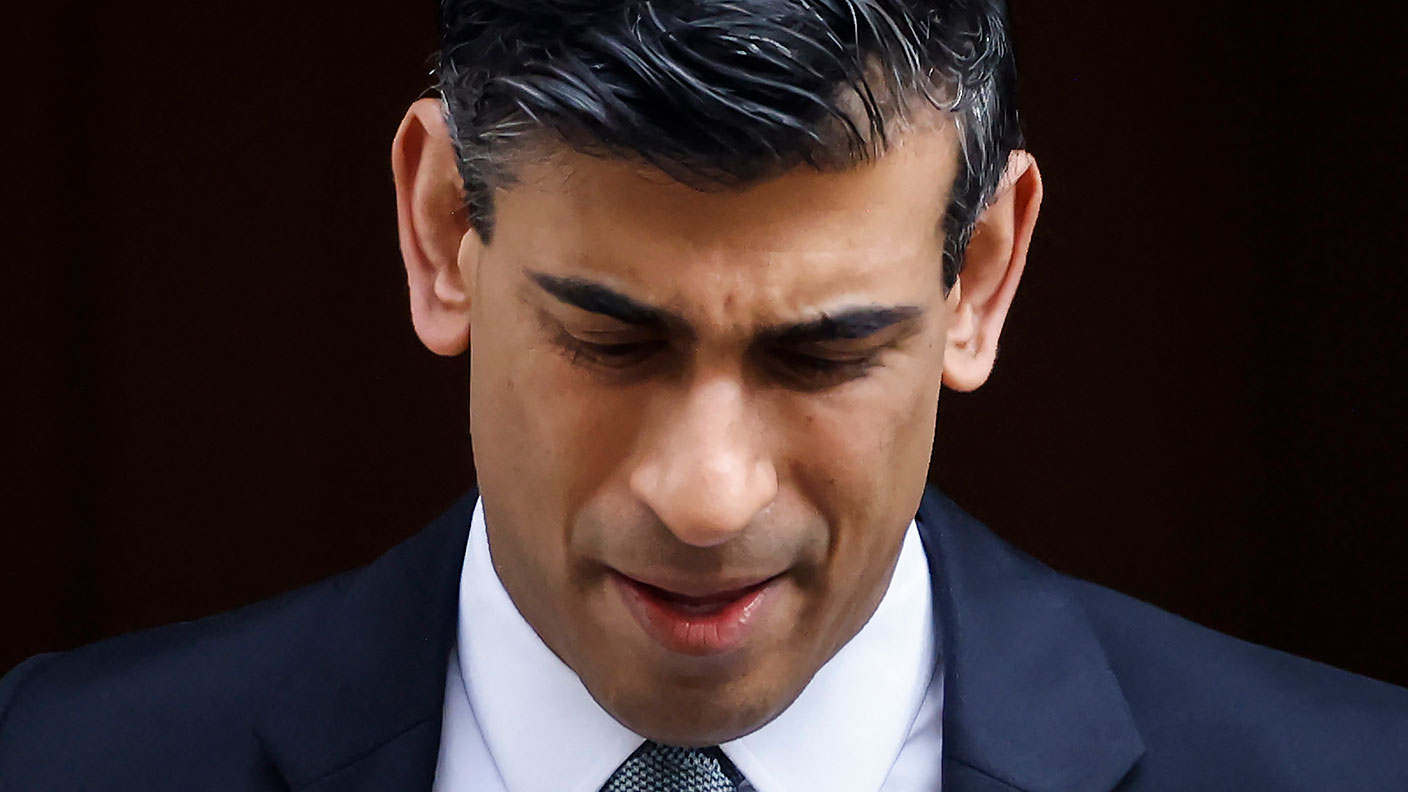 Rishi Sunak can’t fix all our problems – so why try?
Rishi Sunak can’t fix all our problems – so why try?Opinion Rishi Sunak’s Spring Statement is an attempt to plaster over problems the chancellor can’t fix. So should he even bother trying, asks Merryn Somerset Webb?
-
 Young people are becoming a scarce resource – we should value them more highly
Young people are becoming a scarce resource – we should value them more highlyOpinion In the last two years adults have been bizarrely unkind to children and young people. That doesn’t bode well for the future, says Merryn Somerset Webb.
-
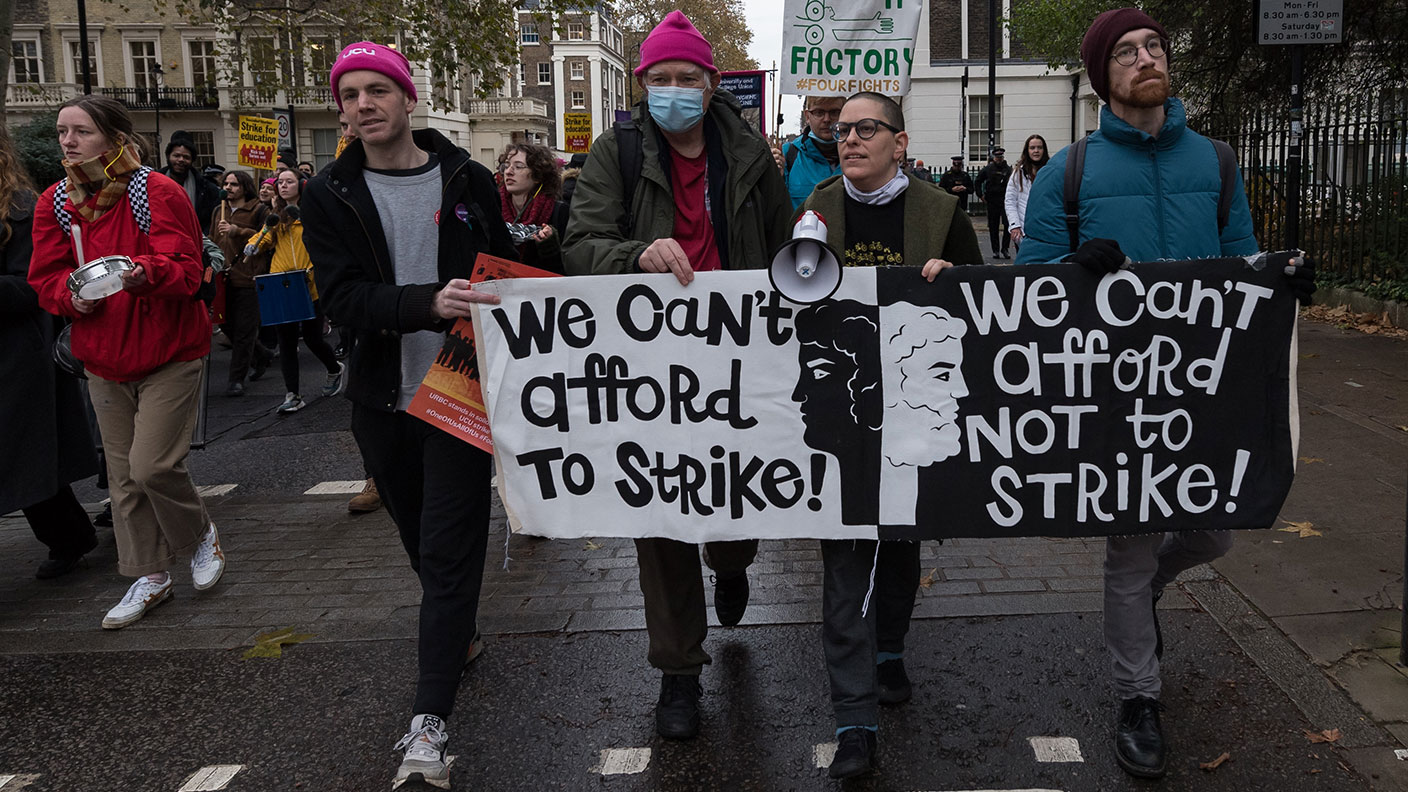 Ask for a pay rise – everyone else is
Ask for a pay rise – everyone else isOpinion As inflation bites and the labour market remains tight, many of the nation's employees are asking for a pay rise. Merryn Somerset Webb explains why you should do that too.
-
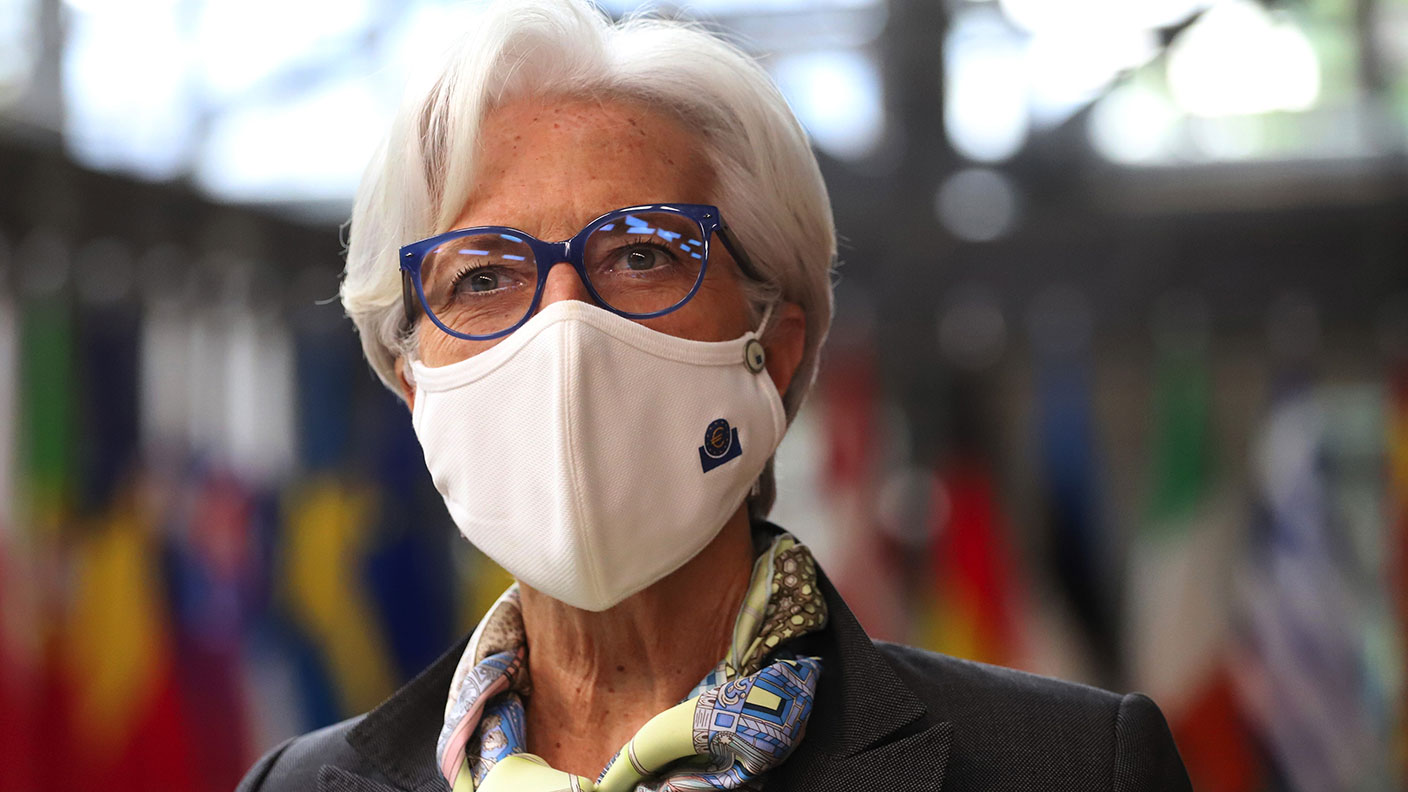 Why central banks should stick to controlling inflation
Why central banks should stick to controlling inflationOpinion The world’s central bankers are stepping out of their traditional roles and becoming much more political. That’s a mistake, says Merryn Somerset Webb.
-
 How St Ives became St Tropez as the recovery drives prices sky high
How St Ives became St Tropez as the recovery drives prices sky highOpinion Merryn Somerset Webb finds herself at the epicentre of Britain’s V-shaped recovery as pent-up demand flows straight into Cornwall’s restaurants and beaches.
-
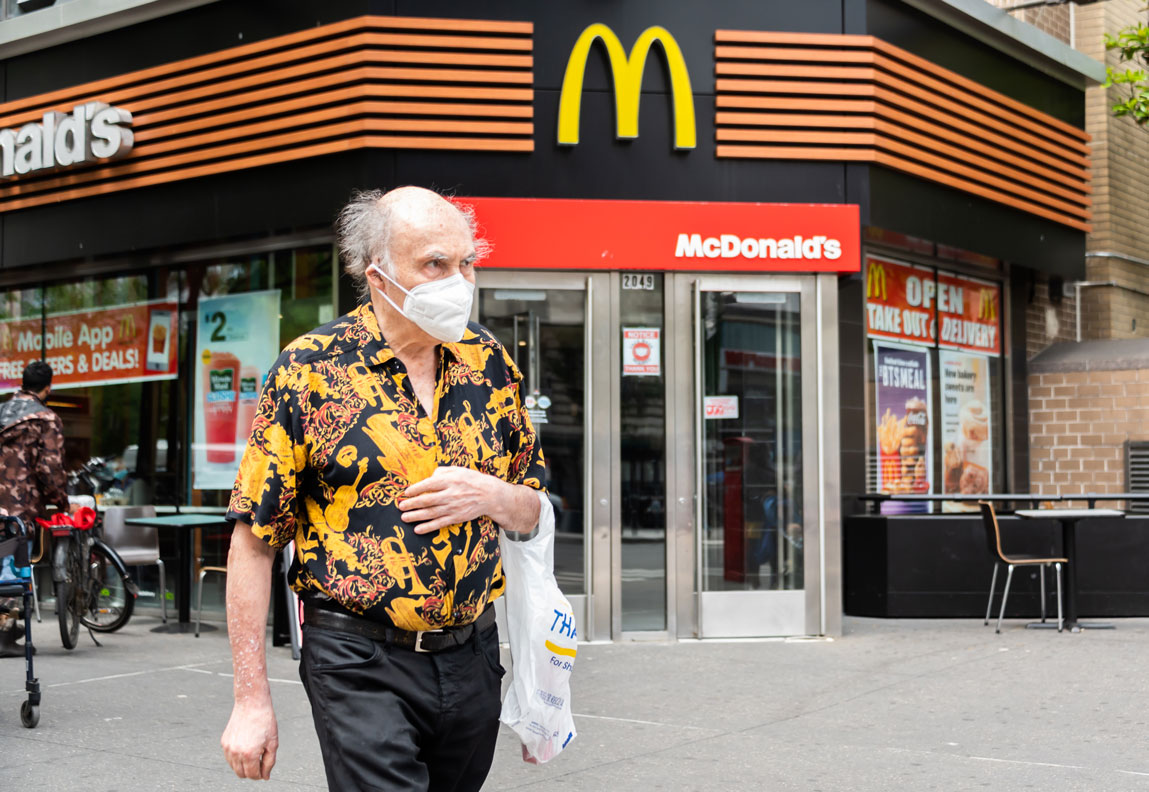 The real problem of Universal Basic Income (UBI)
The real problem of Universal Basic Income (UBI)Merryn's Blog April employment numbers showed 75 per cent fewer people in the US returned to employment compared to expectations. Merryn Somerset-Webb explains how excessive government support is causing a shortage of labour.
-
 Why an ageing population is not necessarily the disaster many people think it is
Why an ageing population is not necessarily the disaster many people think it isOpinion We’ve got used to the idea that an ageing population is a bad thing. But that’s not necessarily true, says Merryn Somerset Webb.


